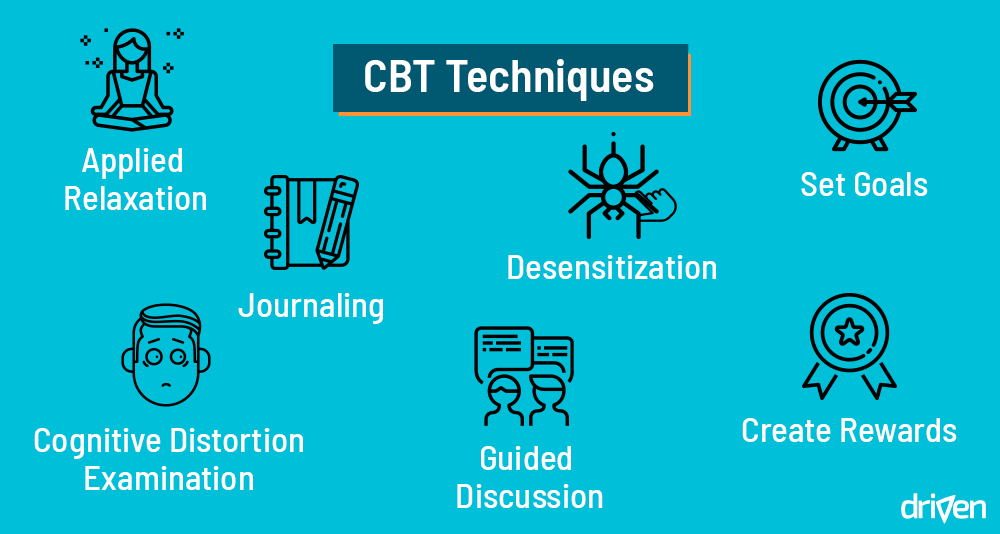Our thoughts have a powerful impact on our emotions and behaviors. Negative thought patterns can contribute to feelings of anxiety, depression, and low self-esteem. However, with the help of cognitive-behavioral therapy (CBT) techniques, we can challenge and replace these negative thoughts with more positive and realistic ones. Let's explore some effective strategies for breaking free from negative thought patterns.
1. Identify and Challenge Negative Thoughts:
The first step in overcoming negative thought patterns is to become aware of them. Pay attention to the thoughts that arise when you feel down or anxious. Are there common themes or recurring patterns? Once you identify negative thoughts, challenge their accuracy and validity. Ask yourself if there is evidence to support these thoughts or if you're jumping to conclusions. Often, negative thoughts are distorted and exaggerated.
2. Practice Cognitive Restructuring:
Cognitive restructuring is a key component of CBT. It involves replacing negative thoughts with more balanced and rational ones. Start by questioning the evidence for your negative thoughts. Is there an alternative explanation or a more realistic perspective? For example, if you think, "I always mess things up," challenge that thought by reminding yourself of times when you succeeded or did well. Gradually, replace negative thoughts with positive and affirming statements.
3. Use Thought Stopping:
Thought stopping is a technique that interrupts negative thought patterns. Whenever you catch yourself engaging in negative self-talk, imagine a stop sign or say the word "stop" aloud. This helps disrupt the flow of negative thoughts and gives you an opportunity to replace them with more positive or realistic ones. It may take practice, but over time, you can train your mind to automatically stop negative thoughts in their tracks.
4. Practice Mindfulness:
Mindfulness is the practice of being fully present in the moment without judgment. It can help you observe your thoughts and emotions without getting caught up in them. By cultivating mindfulness, you can create distance from negative thoughts and reduce their impact on your well-being. Engage in mindfulness exercises such as meditation, deep breathing, or body scans to develop a greater sense of awareness and control over your thoughts.
5. Engage in Behavioral Activation:
Negative thought patterns can lead to avoidance behaviors and a decrease in enjoyable activities. Behavioral activation involves engaging in positive and rewarding activities that align with your values and goals. By participating in activities you enjoy, you can shift your focus away from negative thoughts and improve your overall mood. Make a list of activities that bring you joy and purpose, and incorporate them into your daily routine.
6. Seek Professional Support:
While self-help techniques can be effective, seeking professional support is highly beneficial, especially if negative thought patterns persist or significantly impact your daily life. A qualified therapist trained in CBT can guide you through the process, provide personalized strategies, and help you develop a healthier mindset.
Remember, breaking free from negative thought patterns takes time and practice. Be patient with yourself and celebrate small victories along the way. With the right techniques and support, you can challenge negative thoughts, cultivate a more positive mindset, and experience a significant improvement in your emotional well-being.



No comments:
Post a Comment
Thank u very much for your valueable comment.